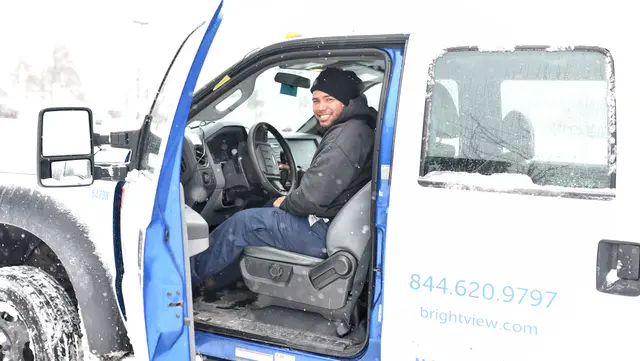
The Timeline and Ingredients of a Good Snow Management Plan
When to act, what to know, what to ask before signing
The Three-Season Approach to a Successful Snow and Ice Management Plan
If you're looking for a new snow and ice removal partner, the spring months are the best time to get your RFI and RFP process going. During the summer after the RFP process deadline, do a walk-through of your property and fine-tune the scope and services. You can choose your partner and develop a plan with them for the coming snow season. By mid-fall, your provider may already be servicing your property depending on snowfall in your region.
If you wait too close to the start of snow season to secure your snow and ice provider, you risk:
- Rushed or inaccurate pricing proposals on the part of the provider.
- Decreased availability of quality providers.
- Inadequate supply of proper equipment, materials, and manpower on the part of the provider.
- Potential scheduling problems as the provider rushes to add your property to a possibly fully-scheduled client route.
- Potential of unqualified subcontractors servicing your property as the provider rushes to fulfill your contract while adding to its existing commitments.
In addition to asking important questions before you sign with a provider, be sure to ask the following questions during your negotiations:
- Is my contract a multi-year agreement? You might be able to get better pricing for longer-term agreements.
- Does my contract include the application of de-icers? Some contracts include automatic de-icing while others require client approval.
- Do I have a snow plow plan that shows my property's boundaries with critical service areas and where snow can be pushed? Your provider needs to know whether to plow the entire property or if it's acceptable to close off garage roofs or auxiliary parking areas for the winter or until needed.
- What is the trigger depth for snow plow operations to begin? Choosing a higher trigger depth can reduce costs, but can increase the risk of slip and fall incidents. Triggers of less than an inch are commonly referred to as "zero tolerance" and require higher service levels, possibly including more frequent salt applications.
- Do you have a communication plan to keep me informed of the current weather patterns and immediate forecast? You need a provider who can proactively inform you via text, email, or phone.
The Ingredients of a Good Snow / Ice Management Plan
When working with your chosen provider to define services, be sure your snow management plan includes:
- Response expectations.
- Equipment and personnel allocations.
- Maps of the property with priority areas, special requirements, and areas not to be treated (if any).
- Installation of snow markers prior to the onset of snow season to minimize damage to curbs and other hidden obstacles and mark edges of the pavement.
- Contact information for 24-hour communication on your part and that of the provider.
- A plan to locate equipment or materials on-site before the storm (in the case of larger properties).
Plan Early — Don't Get Snowed
No matter what time of the year it is when you're reading this article, you don’t want to wait until the last minute to plan for next snow season. Use these resources to help you get ahead, from choosing the right type of contract for your needs to information on best practices for selecting a provider. Again, act early and when the snow starts to fall, you and your budget will be well ahead of the storm.
Be Ready Before The First Snowfall
Take the hassle out of dealing with snow and ice. Our experienced team and comprehensive services ensure you’re prepared for anything.



